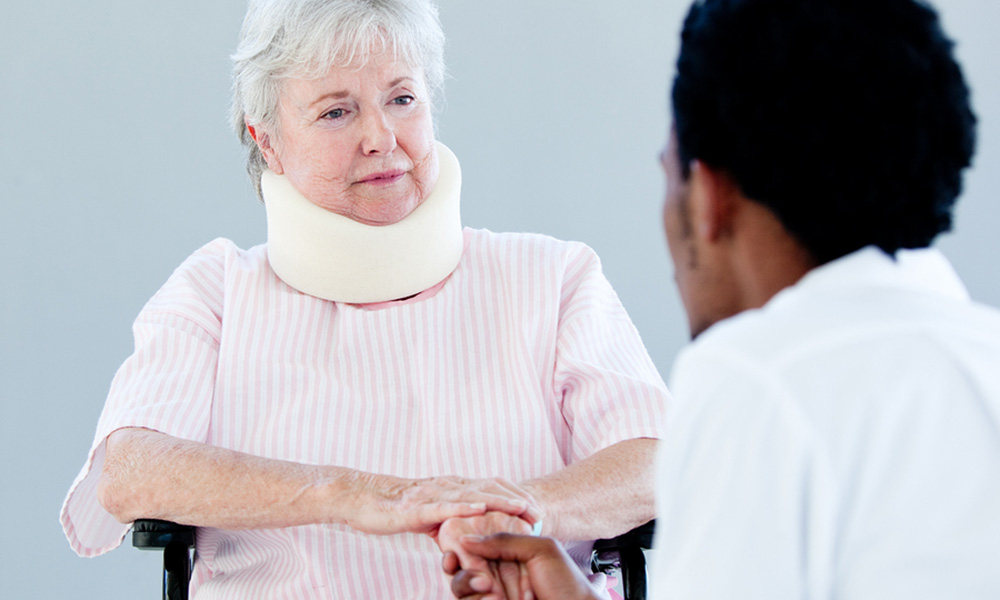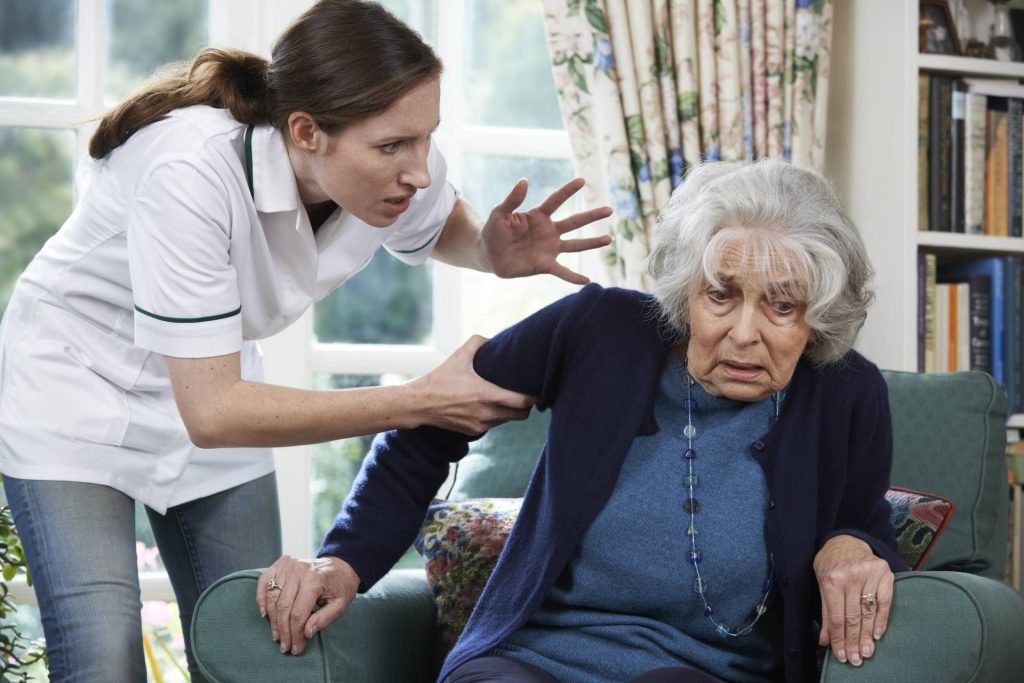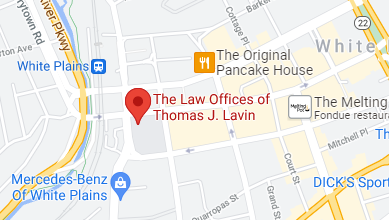What Types of Accidents Are Common in the Construction Industry?
Myriad types of accidents happen in the construction industry. In fact, the construction industry is one of the most dangerous industries to work in. The Occupational Safety and Health Administration (OSHA) estimates that at least 20% of all workplace injuries happen on construction sites.
This is not a definitive list, but it covers the most commonly reported construction site accidents that lead to injuries or death.
- Falls. OSHA named this the #1 type of construction accident in 2021. Employers should provide employees with fall protection, including protective guardrails when possible and well-fitted tethered safety harnesses. When those are lacking, injuries can be severe.
- Electrocutions. This is another major category for workplace injuries, according to OSHA. It often happens because of incorrect use of extension cords, faulty wiring, damaged equipment or tools, or contact with overhead power lines. The best prevention for this is routine daily inspections of all electrical equipment and using OSHA’s Assured Equipment Ground Conductor Program.
- Struck-by or caught-between accidents. In a struck-by accident, a worker is hit by something flying, falling, swinging, or rolling. In a caught-between accident, a worker is caught between two objects. Both of these conditions can lead to severe injuries and death. Workers should have high-visibility clothing to make them easily visible to others, and employers should ensure all machinery is regularly inspected and in good working order.
- Road construction. OSHA reports that the majority of deaths that happen in road construction zones are because a construction worker is hit either by construction equipment or another driver. Road construction projects should have detailed traffic management plans, workers should be provided high-visibility clothing, and items such as cones and barriers in high-visibility colors should be amply distributed.
- Construction equipment. Crane and forklift accidents are common. Cranes should always be inspected before use, and operators should be specially trained in lifting and moving materials. Other workers should be trained in being safe around cranes, including not walking under them when loaded and avoiding its swing path. Forklift users should be trained on the safe use of this machinery and should be required to wear seat belts. Other workers should be frequently reminded to stay out of the forklift’s way when it’s in operation.
- Chemicals and toxins. Exposure to harmful chemicals and toxins can happen in many areas. In the construction industry, it’s most likely to happen when workers work in an area where lead, PVC, heavy metals, and asbestos are present. Those are not the only toxins, but they’re among the most harmful. If someone has been exposed to something on a construction site that made them sick but isn’t sure if it qualifies as a workplace injury, they should contact an experienced construction industry injury attorney who can help them.
- Collapse. This involves workers who are underground when the structure above them collapses. These can be hard to predict. Nevertheless, all surfaces that could affect workers should be inspected before the work begins.
- Explosions or fires. These have many sources, from sparks from a welding project to power generators to people smoking. Many construction projects involve flammable materials, so extra caution should be used. The employer should have adequate fire extinguishers on hand and a supervisor checking to ensure all tools have safely cooled down before being put away before the end of the day.
- Slip-and-falls. The Bureau of Labor Statistics found that in 2020, more than 30% of construction industry deaths were caused by slips or trips. It’s all too easy to slip on a slippery or wet surface or trip over cords or equipment not properly put away when not being used.
What Happens if Someone Is Denied Workers’ Compensation for a Construction Accident Injury?
There are many reasons a workers’ comp claim might be denied. A common reason is the worker didn’t file the claim in time. Workers’ comp claims have deadlines, including 30 days from the accident date to report it and two years to file a claim.
Another reason for denial is the lack of evidence, especially medical, that the worker was injured or that the injury occurred on the job.
The worker didn’t see a doctor immediately after the accident. This can lead the employer to claim that there was no injury or that the injury happened elsewhere.
The employer disputed the claim for other reasons, including that while the injury happened at work, it happened when the employer wasn’t performing a job task or was engaging in horseplay with other workers.
What Should I Do if I Was Injured in a Construction Accident?
Even if the injury seems minor at first, have a doctor examine you as soon as possible. Some injuries present few or light symptoms at first but left untreated, they can worsen and even become life-threatening. Seeking medical care is the highest priority.
Call the Law Offices of Thomas Lavin at 718-829-7400 for a free case evaluation. Construction accidents can be dangerous and life-altering. These cases can be complex and could benefit from the knowledge of an experienced personal injury attorney.
Something not to do: Enter into discussions with the employer, their insurance representative, or attorney. They’ll try to find ways to make you at fault for the accident so they don’t have to pay out claims or damages. Another tactic they might try is to convince you to accept a settlement far lower than what you might otherwise receive. Don’t communicate with them, and send all messages you receive to your attorney.






